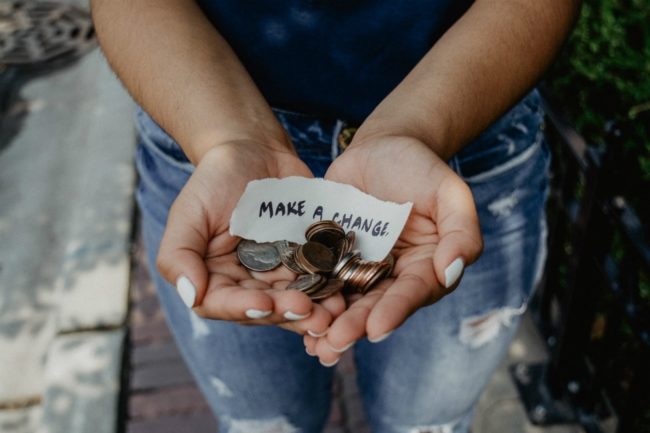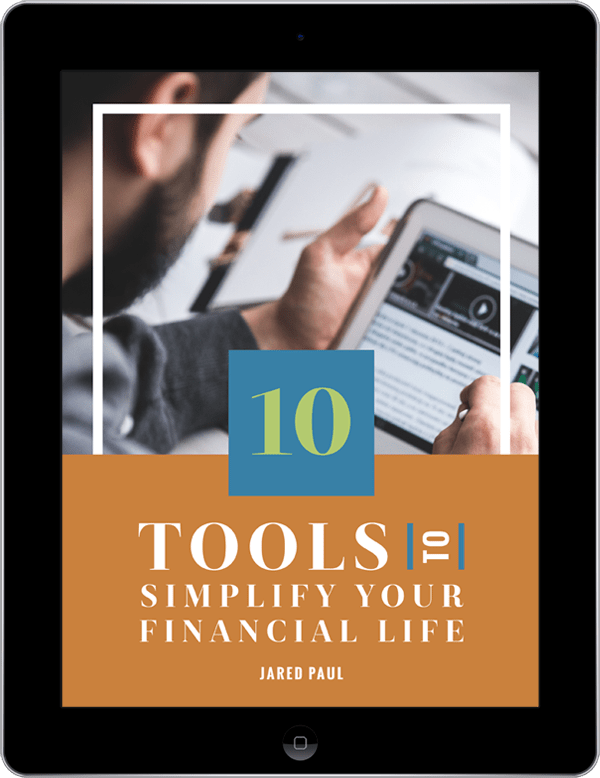I regularly talk to people about the difference between the “math” side of financial planning, and the “life” side of financial planning.
In most circumstances, there are usually a set of decisions that need to be made. When evaluating these decisions, you can run the numbers to see what the “best” mathematical decision would be.
But financial planning isn’t just about the numbers.
“In my opinion, financial planning is done to increase the quality of life, not just increase the amount of money you have.”
This is a key point people often lose sight of along the way.
HOW MUCH TO INVEST
I was recently speaking with a friend about an investment he was contemplating.
He had the opportunity to invest in a private business deal, but was going back and forth on how much he should invest. This investment was one where his money would be inaccessible for a while, so he needed to be smart about his decision.
After we spoke for a while, I found out that he was also considering purchasing a home in the next 1-2 years, and wasn’t sure how much he’d need for the down payment. If he put too much into the investment, he might not have enough to buy the house he wanted.
For me, this was an easy decision. It was clear that if he overextended and put the larger amount into the investment, he would be worrying over the next 1-2 years about if he’d have enough to purchase the home. Even if the investment turned out to be a fruitful endeavor, it would end up causing him a lot of added stress.
We decided in the end that he should invest the lesser amount of money into the business venture, and keep some cash liquid so he wasn’t worried about his home purchase.
QUALITY VS QUANTITY
As I mentioned before, the reason we do financial planning and investing is so we can hopefully INCREASE the quality of life.
If you are finding yourself in a situation where you are constantly worrying about a decision you made (whether it’s an investment, or something different) then you aren’t making the right decisions.
Even if the investment turns out to be lucrative, the added stress is causing a decrease in the quality of your life, and this is not what you want.
This isn’t to say you should never invest, or that no one should take risks. But you have to understand who you are and what you can handle. Some people have more appetite for risk, others are ultra conservative.
If we compared two people, both individuals could invest in the same exact investment, earn the same results, and ultimately be in a better situation in the future than they are today. However, if the investment was risky, the conservative investor might have a high level of anxiety throughout the investment period. This is counterproductive to the notion of increasing your quality of life.
You may not agree with the mindset, but some people would much rather hoard their money “under their mattress” instead of risking a loss.
LOSS AVERSION
In psychology, there is a concept called Loss Aversion that states that people dislike losing things more than they enjoy winning.
In a famous study, Psychologists Amos Tversky and Daniel Kahneman found that if you ask a person to flip a coin for money, they will have to be offered more than double their potential risk in order to flip.
For example, if they lose they have to pay $10, but if they win, they’ll need to win more than $20 for them to take the bet.
This shows us that the fear of losing far outweighs the joy of winning. And in the world of investing, this translates into a lot of stress and anxiety during a volatile investment.
A SUITCASE FULL OF CASH
My late, great-grandmother was a depression-era baby. When she grew up she dealt with many financially difficult times. These hardships programmed her to be very risk averse.
When my siblings and I were little, we used to go visit her and our grandmother a lot.
Anytime we went over, our “Nana” would always have king-sized candy bars for us. She used to keep them in her closet in her room.
Right when we got into the house, we’d all go running for Nana’s room to see what goodies she had for us.
Kit-Kats, Reese’s, Snickers; she had it all!
Years later, during family gatherings, we would hear stories about Nana and the rest of the relatives who had passed away.
What was interesting to me (being in finance) was that we found out Nana used to keep a suitcase in her closet, full of cash.
At any given moment, right under our favorite candy bars, there was a suitcase full of $50,000 or more in cash.
The reason I’m telling you this is because for our Nana, for her to sleep well at night, it meant that she had to have a substantial amount of cash right at her fingertips. She didn’t want to rely on a bank (many failed during the depression and people lost their money), and she certainly wouldn’t take the risk of investing her money.
EVERYONE IS DIFFERENT
At the end of the day, we all have different appetites for risk.
Some people are recklessly risky with their money, and have no problem putting themselves in financial jeopardy.
Others wouldn’t even consider putting their money in a bank (My Nana).
To understand how much of a good thing is too much for you, you’ll need to do some soul searching.
So, no matter how “great” an investment might seem, always remember why you’re investing in the first place. Ask yourself if it’s going to increase the quality of your life, or decrease it.
If you don’t ask these questions, you’ll eventually find out the hard way.
Capably Yours,
















